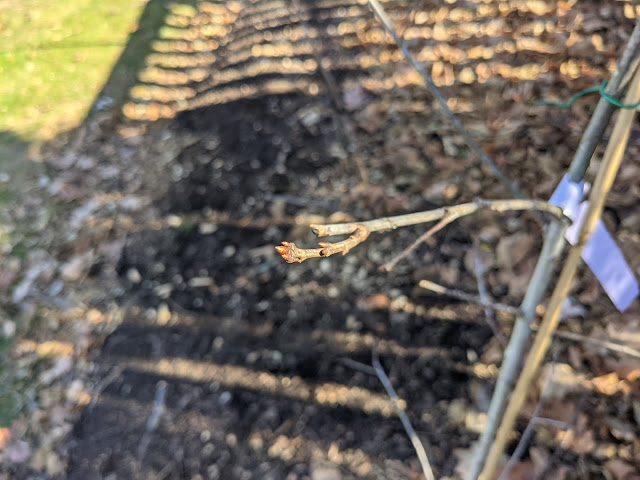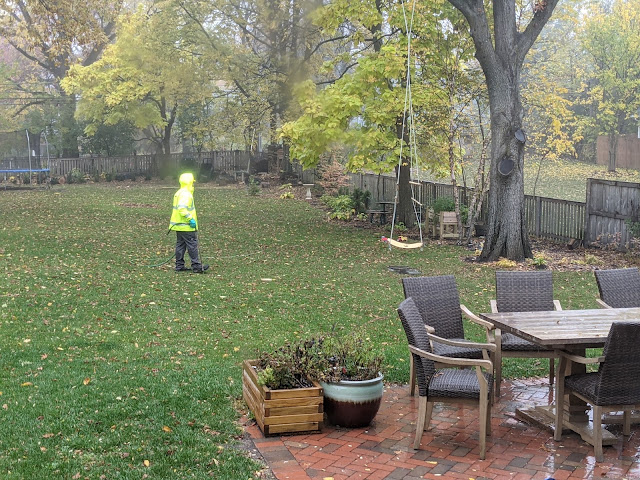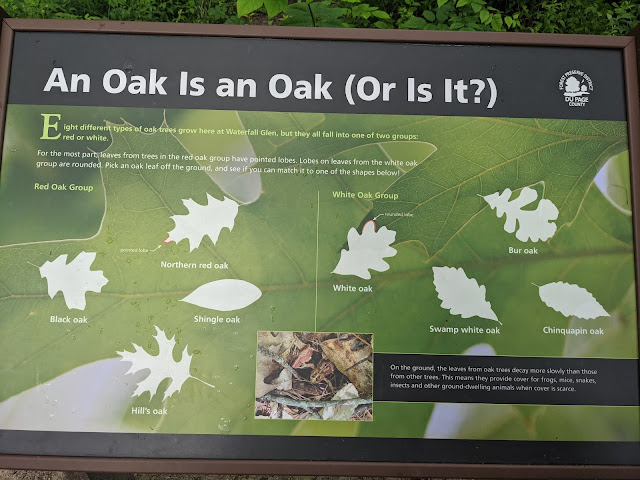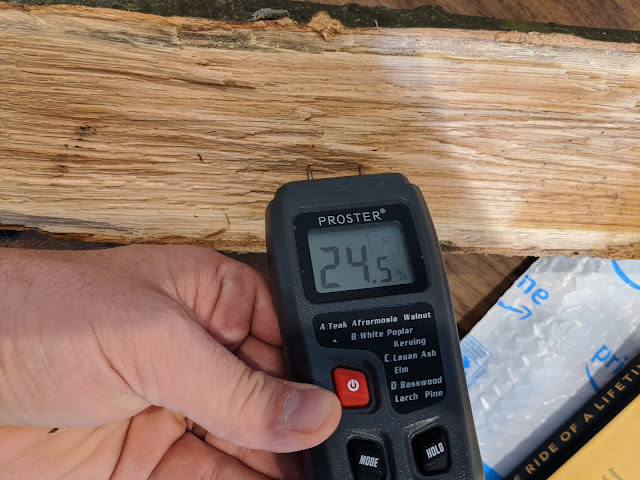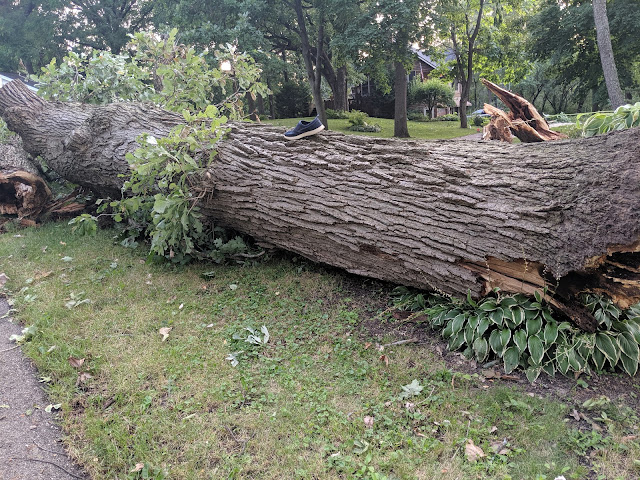Mid-November 2020: Mature Oak Trees Have Shed Their Leaves - Northern Illinois

Yesterday, I posted a photo in the garden diary of the recently set buds on our very small caliper Northern Red Oak tree that was planted just this year. In that post, I mentioned that both *that* young Oak tree AS WELL AS our two larger, more mature Oaks have lost all of their leaves. Notable, I think - as we're seeing a very different timeline than last Fall/Winter. I posted this photo of both of the mature Oak trees in our backyard on December 16th 2019 - a little bit under a year ago - showing that both of the trees had A LOT of their leaves clinging to the limbs. At the time, I poked around a little bit into the concept of foliar marcescence and how it might be a behavior that is aimed at assisting the tree by retaining some of the leaves until Spring to be used as an organic material delivery system when the tree needs it. Here's what those two same trees look like right now: barren. Wonder what caused this change year-over-year. It happened with another set o
